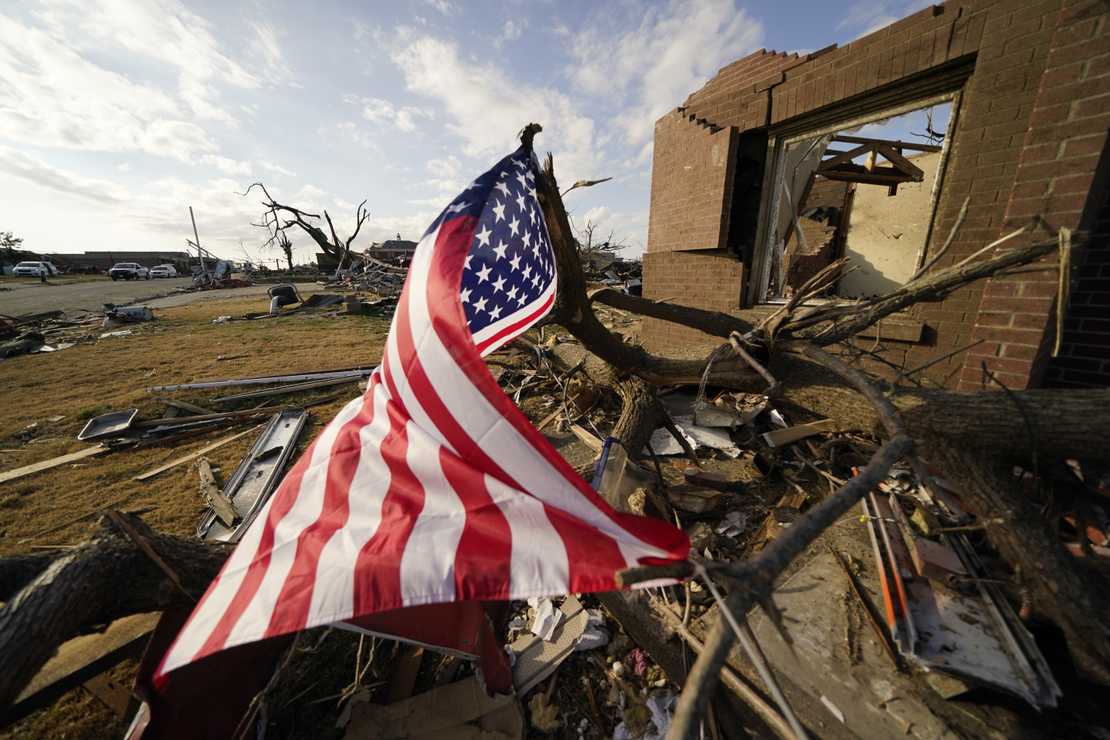
It’s Independence Day weekend, and I am thrilled and proud to have the opportunity to sing some of my favorite patriotic tunes as a part of the worship team at my church. The last several years of July 4th celebrations have been difficult ones for a number of reasons, but it is not because my pride in being an American or my patriotism has diminished. I am grateful that I was never raised to hate America, or to doubt its inherent good. Despite the tactics of this government’s administration to reflect otherwise, America and its founding are inherently good and have given me and my family much to be grateful for.
We are starting with a medley of songs: My Country ‘Tis of Thee, America the Beautiful, God Bless America, The Battle Hymn of the Republic, and The Star-Spangled Banner. I have delighted in these songs and sang them with gusto since I was a child. Not only because of their lyrical brilliance, but because as a singer, they are challenging and fun!
These songs testify to my love of America and gratitude for a country built on the foundation of Constitutional liberties and freedom from tyranny of every stripe.
As a writer and songwriter myself, I am always fascinated by a song’s origin, and these powerful tunes bear the weight of not only heritage, but homage to God. Every song also incorporates a proclamation, a petition, and plea for God’s help in living up to and maintaining this republic.
My Country ‘Tis of Thee, was written in 1831 by a pastor named Samuel Smith.
This patriotic hymn, which is also known as “America,” became the first American National Anthem in 1831 before the adoption of The Star Spangled Banner. The words were written by Baptist clergyman Samuel Francis Smith (1808-1895), and for the melody he used the music of the British national anthem God Save the King. Smith claimed to have written the verses in 1832, but his memory must have been amiss as they are known to have been printed a year earlier for a children’s Fourth of July celebration in Boston.
This is the song that world-renowned contralto Marian Anderson chose to sing at the Lincoln Memorial in 1939 after the Daughters of the American Revolution refused to allow her to sing at Constitution Hall. At a time when systemic racism actually existed in this country, Anderson bravely chose to be the tip of the spear in slicing through the discrimination and unequal standards embedded in the culture.
“The essential point about wanting to appear in the hall was that. . . I felt I had that right as an artist. I could see that my significance as an individual was small in this affair. I had become, whether I liked it or not, a symbol, representing my people.”—Marian Anderson in her autobiography, My Lord What a Morning.
[embedded content]
“The Queen,” Aretha Franklin also sang the song at Barack Obama’s 2009 inauguration. While this former president is shameful in his hatred of America and continues to cause untold damage to our country, Aretha Franklin’s powerful voice and her own love of country cannot be denied.
[embedded content]
Franklin sang the first and the final verse. The song has evolved over the years, with verses added by abolitionists, and for the Washington Centennial.
Our fathers’ God to Thee,
Author of liberty,
To Thee we sing.
Long may our land be bright,
With freedom’s holy light,
Protect us by Thy might,
Great God our King.
America the Beautiful most beautifully encapsulates that proclamation, petition, and plea resident in our patriotic music. Katharine Lee Bates first wrote it as a poem, after being revitalized and inspired by the magnificent view from Pikes Peak in Colorado.
“America the Beautiful” was inspired by the view from the top of Pikes Peak in Colorado. In the summer of 1893, poet Katharine Lee Bates was teaching English at Colorado College in Colorado Springs, Colorado. Later she remembered:
“One day some of the other teachers and I decided to go on a trip to 14,000-foot Pikes Peak. We hired a prairie wagon. Near the top we had to leave the wagon and go the rest of the way on mules. I was very tired. But when I saw the view, I felt great joy. All the wonder of America seemed displayed there, with the sea-like expanse.”
The poem “Pikes Peak” was first published in a church periodical, The Congregationalist. While several pieces of music were used to accompany the words, it was an 1882 hymn composed by Samuel A. Ward, a church organist and choirmaster, that ultimately stuck. This was published in 1910 and became the America the Beautiful that we know today.
The end to each stanza is a distinctive plea for God’s hand in our country’s life and affairs.
…God shed his grace on thee.
…God mend thine every flaw.
…May God thy gold refine.
For this patriotic girl, no one has performed this song better than Ray Charles, who sang it all over the world as a testament to what America represents, and what it can become. Charles has distinguished the song by starting with the third verse, which speaks about our brave soldiers who shed their blood for our liberty, and a prayer for America’s continual refining.
O beautiful for heroes proved
In liberating strife,
Who more than self their country loved,
And mercy more than life.America! America!
May God thy gold refine
Till all success be nobleness,
And ev’ry gain divine.
[embedded content]
Originally published in 1918 as a part of one of Irving Berlin’s musicals, God Bless America was put on the back burner until 1938, when he revised the song for singer Kate Smith. Berlin also wanted it to have a more unifying message:
Here is how the 1918 version had read:
God Bless America, land that I love
Stand beside her
And guide her
To the right with the light from above
Make her victorious on land and foam
God Bless America, my home sweet home.READ RELATED: Reports: China covering up deadly COVID outbreak at Shanghai elderly care hospital
Berlin knew he had to change the line To the right with the light from above. “The Right” in politics had come to mean conservative political groups. He wanted a song that brought Americans together, not set Americans apart. And he changed Make her victorious…since it suggested military conquest, rather than the “peace song” he was shooting for.
Berlin succeeded, and the song gained in popularity. And did you know that the song has a prelude verse? Everyone knows the chorus, but this verse lifts the chorus to a new level, while also incorporating that proclamation and plea found in these songs.
While the storm clouds gather far across the sea,
Let us swear allegiance to a land that’s free,
Let us all be grateful for a land so fair,
As we raise our voices in a solemn prayer.
Whitney Houston did a gorgeous and poignant rendition with the prelude verse included:
[embedded content]
The Battle Hymn of the Republic, written by Julia Ward Howe in 1861, is by far one of my favorite hymns. I used to know every one of the verses by heart. Ward Howe was an abolitionist and an activist, who was heartbroken on a visit to Washington, D.C. when she viewed a procession of troops marching off to war, singing a folk tune called John Brown’s Body. The poem was birthed from this experience and set to the music of that song. It was later published in The Atlantic Monthly in 1862.
Very early the next morning, when the east was still gray, my mother awoke, and found to her amazement that lines of poetry seemed to be shaping themselves in her mind.
“Mine eyes have seen the glory of the coming of the Lord ” — She lay quite still, and the words went on, grouping themselves into lines, the lines flowing on into verses. By and by the whole poem was complete in her mind. Then she said to herself, ” I shall lose this if I don’t write it down immediately!” She rose at once, found a sheet of paper and an old stump of a pen which she had had the night before, and began to write down the lines almost without looking, as she had often done while watching by us children in our sleep.
“Having completed this,” she says, “I lay down again and fell asleep, but not without feeling that something of importance had happened to me.”
Importance to Ward Howe, as well as the rest of the nation.
I recently discovered this gem from Dinesh D’Souza’s Death of a Nation. This powerful rendition of The Battle Hymn of the Republic by Angela Primm was featured in the movie.
[embedded content]
Written in 1814 during the War of 1812, Francis Scott Key’s The Star-Spangled Banner was penned after the American forces were able to keep Fort McHenry from being taken by the British. Key was on a ship in the middle of Baltimore Harbor and witnessed the skirmish between the American and British forces.
And the rockets’ red glare
The bombs bursting in air
Gave proof through the night
That our flag was still there
It has always captured my imagination for that very reason: the sheer terror of being in the midst of a war zone, followed by the joy and relief at the sight of our flag, tattered and battered, but waving in the breeze to signify that we had won.
Key awoke to a proud display of American patriotism and a symbol that they were not going to stop fighting. That morning he wrote notes for a future poem about this event. Later that week, he finished the poem “Defence of Fort M’Henry.” On September 20, the Baltimore Patriot published “Defence of Fort M’Henry.” Francis Scott Key’s brother-in-law set the poem to music, and the combined poem and music were published under the name “The Star-Spangled Banner.”
While everyone is usually fixated (and rightly so—it is a stellar one) on Whitney Houston’s rendition of The Star-Spangled Banner, this gorgeous, understated, and powerful version is my new favorite; especially in light of the times we are currently in.
The artist Victory Boyd was scheduled to sing the National Anthem at the 2021 NFL opening game. That is, until they canceled her because she was unvaccinated and refused to change that status.
Boyd posted this statement on her YouTube video:
Sep 9, 2021: After being canceled for the NFL to perform the Anthem at the season opening game because of my vaccination status, I decided to sing anyways. Except this time not for the theatrics of a football game.. this time I sang for America. To remind her who she is… the land of the free and the home of the brave. This is dedicated to anyone that has taken a stand for freedom. I stand with you.
[embedded content]
O’er the land of the free and the home of the brave.
We need the latter, in order to maintain the former.
I admire the brave men and women who looked at the Constitution and saw themselves within the text. Despite what was going on around them, they gazed deeply, took it in, and said, “This is for me!”
Then they made it their life’s work to ensure it was fulfilled.
That is Frederick Douglass’ story, Marian Anderson’s story, Thomas Sowell’s story, Justice Clarence Thomas’ story…
It is my story.
Happy Independence Day weekend. Let our music remind you of why we must continue to fight for freedom and fight for America.
Source:






